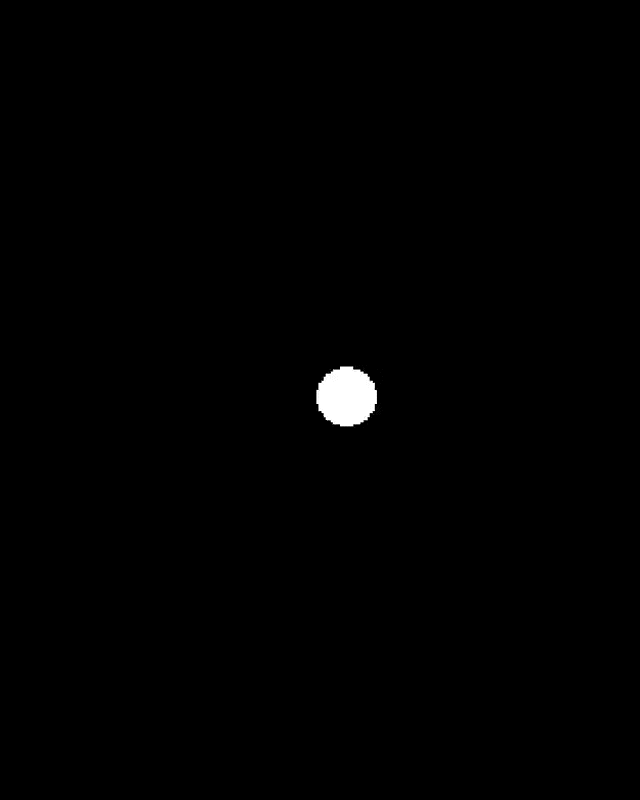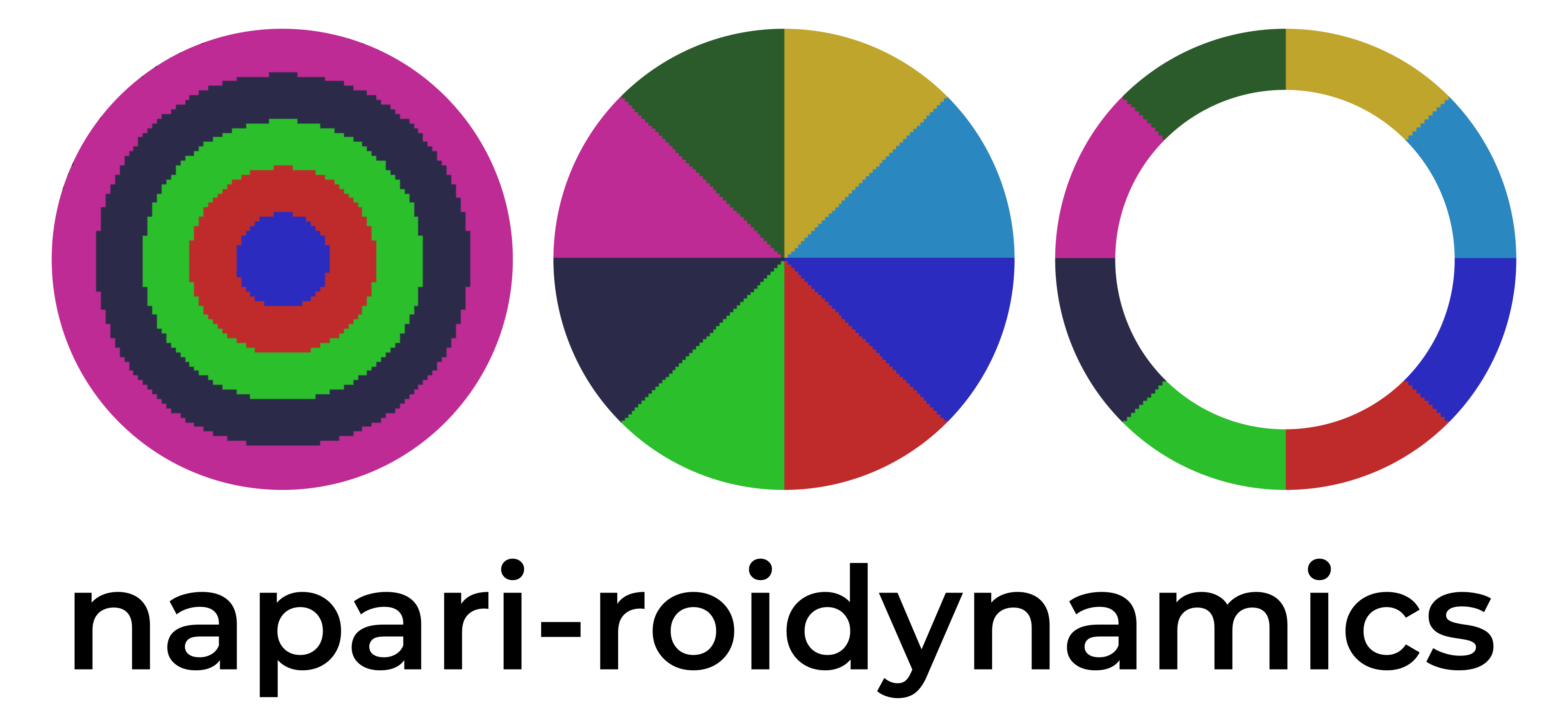Show code cell source
from IPython.display import Image
Application#
napari-roidynamics is used to measure fluctuations of intensities in time-lapse images of objects that does not change their position over time.
This could apply for example on cells embedded in tissue, where only intracellular protein expression varies over time, or for calcium imaging experiments.
Originally roidynamics was developed for a very specific application in collaboration with the Pertz Lab, University of Bern. Over the years, the Pertz Lab has developed various optogenetic tools and aims at following intensity fluctuation in single cells after the application of very precise light stimulation. In this context, napari-roidynamics is a very useful tool for the study of cell signaling.
Roidynamics divides the studied object in regions of interest of specific geometries and measures the underlying intensities of the splits in different channels over time. The data are then easily exported as csv files, containing the measured intensities in the different splits called ‘sectors’. For now only one object can be measured at a time. However, we are working on automatizing the process to export data from different objects during a measurement session.
We are aware that many researchers would want to measure intensities over time on moving objects, however this is out of scope for napari-roidynamics. In fact, roidynamics is a simplified version of a much complexer tool called ‘MorphoDynamics’. MorphoDynamics allows to segment objects using a variety of cutting-edge segmentation approaches, to split the objects into region of interest and precisely track not only the object, but also the displacement of the different regions over time. However, you can imagine that this requires higher computational power, this is why roidynamics has been developed for very specific applications, where tracking of the object is not required. Please, consider roidynamics as a spin-off of MorphoDynamics, and use one or the other depending on the specific scientific question.

